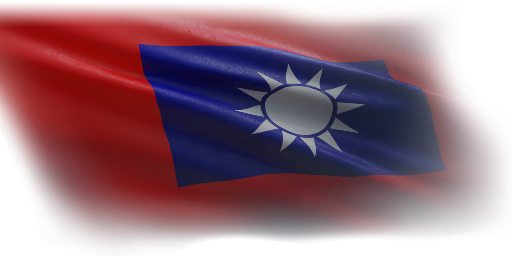

Aviation
␗PB4Y-2
IV
Rank
AB
4.3
RB
4.7
SB
5.7
Battle rating
China
Game nation
Bomber
Main role
46,000

Research
155,000

Purchase

Republic of China
Operator country
General information
The ROCAF received PB4Y-2s to replace the diminishing amount of B-24s in service. They saw active service well into the '50s over Mainland China, and multiple Liberators were shot down. One ROCAF Liberator was lost to a Burmese Hawker Sea Fury, and the aircraft was later phased out in the early '60s as they became obsolete.
Introduced in Update 1.91 "Night Vision", the PB4Y-2 (China), like many 4-engined bombers, is no exception to lacking any manoeuvrability and is incredibly slow. In level flight, the PB4Y struggles to hit 400 km/h (250 mph) so almost every fighter will be able to intercept you.
Camouflages
Flight performance
Max speed
at 7,620 m
404369431385 km/h
Rate of Climb
3.51.36.51.3 m/s
Turn time
384136.739.5 s
Max altitude
10,000 m
Takeoff Run
950 m
Landing
flaps
flaps
Take-off
flaps
flaps
Combat
flaps
flaps
Air
brake
brake
General characteristics
Crew
8 persons
Engine
Length
22.7 m
Wingspan
33.5 m
Wing Loading
266 kg/m²
Weight:
Base weight
19.5120.1219.0220.02 t
Fuel in main tanks
6.44 t (4h 7m)
Limits:
Max Speed Limit (IAS)
599 km/h
Mach Number Limit
0.61 M
G limit
≈ -2/4 G
Flap Speed Limit (IAS)
L / T
263 / 361 km/h
Gear Speed Limit (IAS)
263 km/h
Defensive armament
6 × Turret — 2 × 12.7 mm M2 Browning machine gun
Ammunition
5,120 rounds
Fire rate
750 shots/min
One-second Burst Mass
0.54 kg
| Belt | Belt filling | Armor penetration (mm) at a distance: | |||||
|---|---|---|---|---|---|---|---|
| 10 m | 100 m | 500 m | 1000 m | 1500 m | 2000 m | ||
| T/AP/I/AP-I | 30 | 27 | 20 | 13 | 9 | 6 | |
| AP/AP/AP/T | 30 | 27 | 20 | 13 | 9 | 6 | |
| AP-I/AP-I/AP-I/T | 28 | 26 | 18 | 11 | 7 | 4 | |
Suspended armament
Setup 1
20 × 100 lb AN-M30A1 bomb
Setup 2
8 × 500 lb AN-M64A1 bomb
Setup 3
4 × 1000 lb AN-M65A1 bomb
Setup 4
8 × 1000 lb AN-M65A1 bomb
Setup 5
4 × 2000 lb AN-M66A2 bomb
Setup 6
8 × 1000 lbs Type A Mark I aircraft laid magnetic mine
Setup 7
4 × 1000 lbs Type A Mark I aircraft laid magnetic mine
Economy
Repair cost
Basic → Reference
AB
2,096 → 2,656 

RB
5,789 → 7,335 

SB
10,642 → 13,483 

Crew training
45,000 

Experts
155,000 

Aces
820 

Research Aces
440,000 

Reward multiplier
AB / RB / SB
100 / 200 / 460 % 

160 % 

Total cost of modifications
40,400 

78,000 

Talisman cost
1,400 

Flight performance | |
|---|---|
Survivability |
|---|
Weaponry | ||
|---|---|---|
Rating by players
You must play more than 3 battles for the last week and more than 10 battles in a vehicle to rate it.
Like:
7
Flight performance:
Not enough ratings
Survivability:
Not enough ratings
Aerial combat:
Not enough ratings
Ground attack:
Not enough ratings
Balance:
Not enough ratings
Tips & Tricks
This space is currently empty
Do you know any interesting vehicle features?
Loading...
No articles about this vehicle yet
Become the first author and get rewards!
Write a guide, tell about interesting historical facts, make a tutorial or simply an interesting post.
No more content